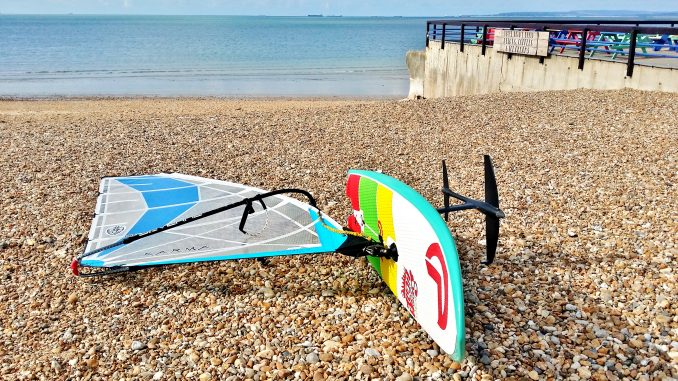
Words and pics: WSUK
Windsurf foiling (or windfoiling/free foiling/whatever type of foiling you want to call it) is all the rage in 2017 – at least in terms of it being a discussion topic and point of interest for everyday sailors. Windsurfing UK will have covered the topic in depth come the last issue of the year. We’ve already looked at AHD’s Shark foiling board and look at the Sealion Wings 7.6ft in the autumn issue.
Many riders may not yet have had the opportunity to fly for the first time but we’re confident this will change moving forwards. As equipment becomes increasingly available, accessible and user friendly we’re sure more and more sailors will be adopting the discipline as their own. In the meantime here are a few things that foiling has taught us over the last few months during our own dabblings.
Real wind feels REALLY windy!
Chances are that if you’ve been a lover of full power planing windsurfing then anything less than 18 (or so) knots would’ve been sniffed at – unless truly desperate for a big kit blast. With foiling’s advance, however, suddenly those lower wind speeds (in some cases really low – 8 knots!) are now being looked at differently and in some cases desired over stronger blows.
Flying in 12 knots (our current optimum) on a 5.3m, for instance, is a whole new sensation and one that can become highly addictive. Following a period of hovering when proper breeze turns up (even if only a 10 knot increase) suddenly you feel like there’s a hurricane blowing! It may only be force 5 but Mother Nature appears to be on one. Just wait until a proper storm force system zooms in!
Switching back to standard windsurf kit feels weird
Riding wind foiling gear requires a subtle adjustment of technique. There’s not so much pushing through the back foot and driving against the foil as you would a freeride fin and your rig is generally more upright with (slightly) more strain on forearms. Obviously things are changing at a rate of knots meaning current thinking could be out the window in a few months.
One thing’s for sure though: jumping back aboard your standard windsurfing gear (especially if having just stepped off your foiling set up) will feel alien. Devoid of the same lift properties your foil possesses and feeling more stuck to the water’s surface (which you are) may initially feel restrictive – especially if conditions are marginal. Following a period of re-adjustment, however, you’ll be back on top of your normal sailing no probs.
Choppy seas feel REALLY choppy
When you fly the sensation is silent and completely frictionless. Gliding above chop and flotsam means there’s no bucking of gear, which is what can make standard windsurfing tiring. Particularly if your regular sailing area is lumpy. Riding a foil irons out all these wrinkles and takes much less of a toll on joints, limbs and bodies as a whole.
Switching back to your freeride/freestyle/wave/slalom kit you’d be forgiven for thinking you’ve suddenly entered an American Rodeo such is the bounce when planing in chop. If it’s a particularly lumpy day you may well be running back to your foil quicker than you’d think…
Carrying standard equipment is SO easy compared to foils
Having a big keel type thing hanging off the tail of your windy board is pretty cumbersome to say the least. Carrying foil, board and rig together is quite simply a pain. There are obviously best practice techniques to make transitioning from vehicle to water easier but there’s no real way to make carting foil kit simple.
In complete contrast grabbing hold of your everyday windy gear is bliss. No long keel esque thing to drag on the floor and generally less unwieldy makes getting to your launch so much easier.
Flying back and forth is satisfying
When you reach a certain level within your windsurfing career – whatever your skill – there’s a fair bit of pressure to perform. And no we’re not talking in front of judges keeping tabs on your every manoeuvre. For most riders it’s in their head.
For instance reach the end of a run and turn the corner ala carve gybe style without stalling and/or dunking. Or maybe it’s a simple as tacking without falling or perhaps you’re of a higher standard where jumps, tweaks and inverts are the aim of the day.
Switch to foiling and the pressure is off. Most flyers will be back to square one in terms of their level. Learning again from scratch requires new muscle memory and technique to be developed and experience to be banked. Going out and busting the latest move isn’t possible which means simply flying back and forth is achievement alone. It’s no hassle if you crash or fall during initial forays into gybing on foil, no worries at all! As such there may be less frustration than if sailing in standard fashion and crashing moves you can otherwise stomp – until your mate nails his first foil gybe that is…
Big fins look REALLY small compared to foils
What’s the biggest fin you own? Trust us when we say that even the biggest, longest and grandest windsurfing fin will pale into insignificance when sat next to your foil. What you may have once considered to be huge, generating uber amounts of lift, is nothing. Foils – even the smallest types – with their long masts, wide wings and precision fuselages are massive when compared.
If you once cursed having to store big windsurfing fins trust us when we say you’ll be laughing when thinking about flying equipment!
EVERYBODY wants to talk about your foil
Even though windsurf foiling has gained traction there are huge numbers out there not doing it, yet. For sure people are intrigued and a good many riders will currently be researching what set up is best for them, but we’re not there yet.
It’s no surprise that rocking up at the beach with a huge double ended wing will draw crowds – even those that don’t windsurf. So many times we’ve been preparing to head out when a group of intrigued passers-by will come over and start asking questions. In some cases the Q&A can become in depth whereas others are simply fascinated by such paraphernalia and want to find out what kind of hair brained thing you’re up to!
If you’ve yet to wind foil then the above won’t be that familiar until you actually take that step – we’re sure all will then become clear. For those already flying you may find familiarity in the described and even have a few of your own points to add to the list. Whatever you’re experiences over the coming weeks and months we’d love to hear about them – give us a shout with your foiling stories.

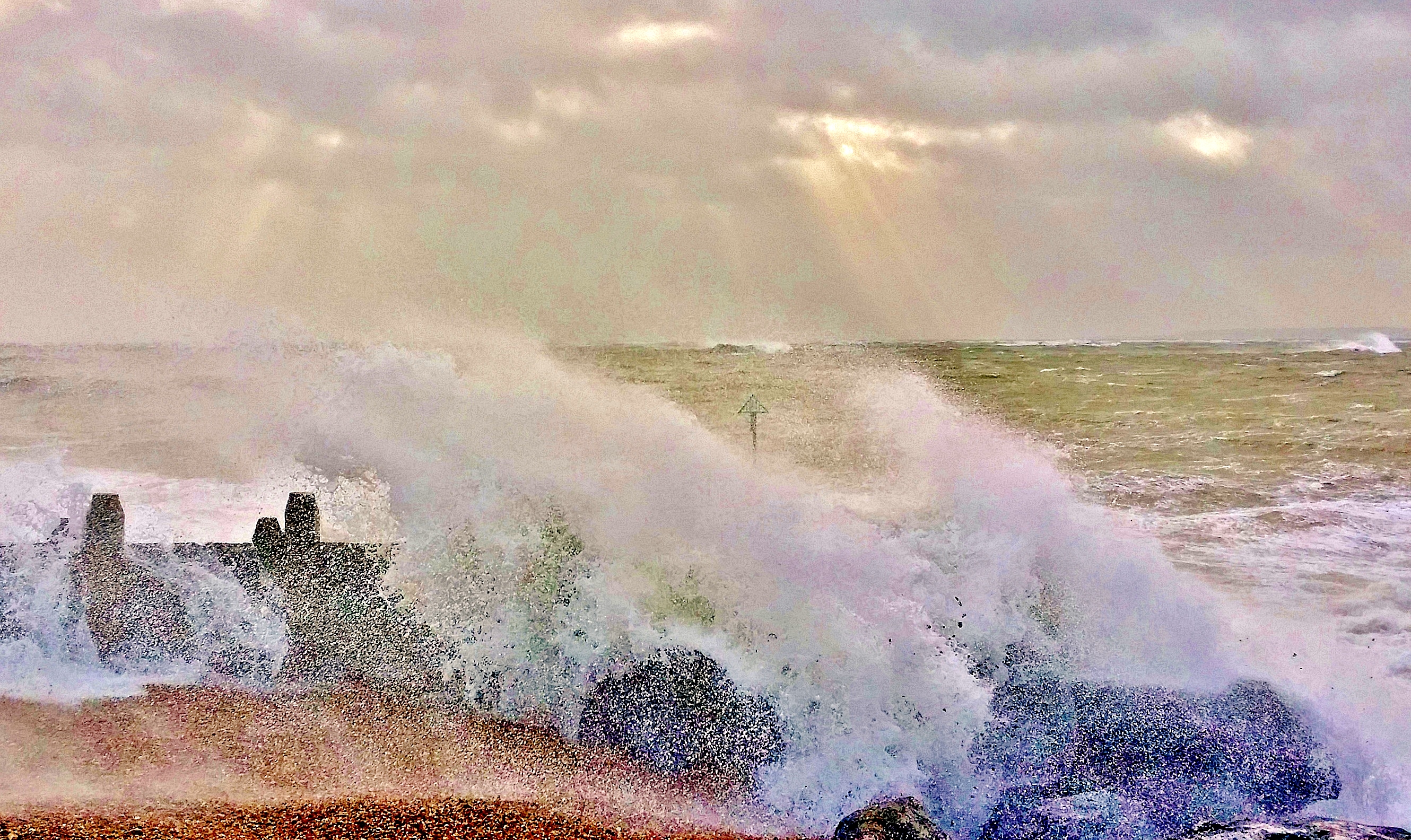

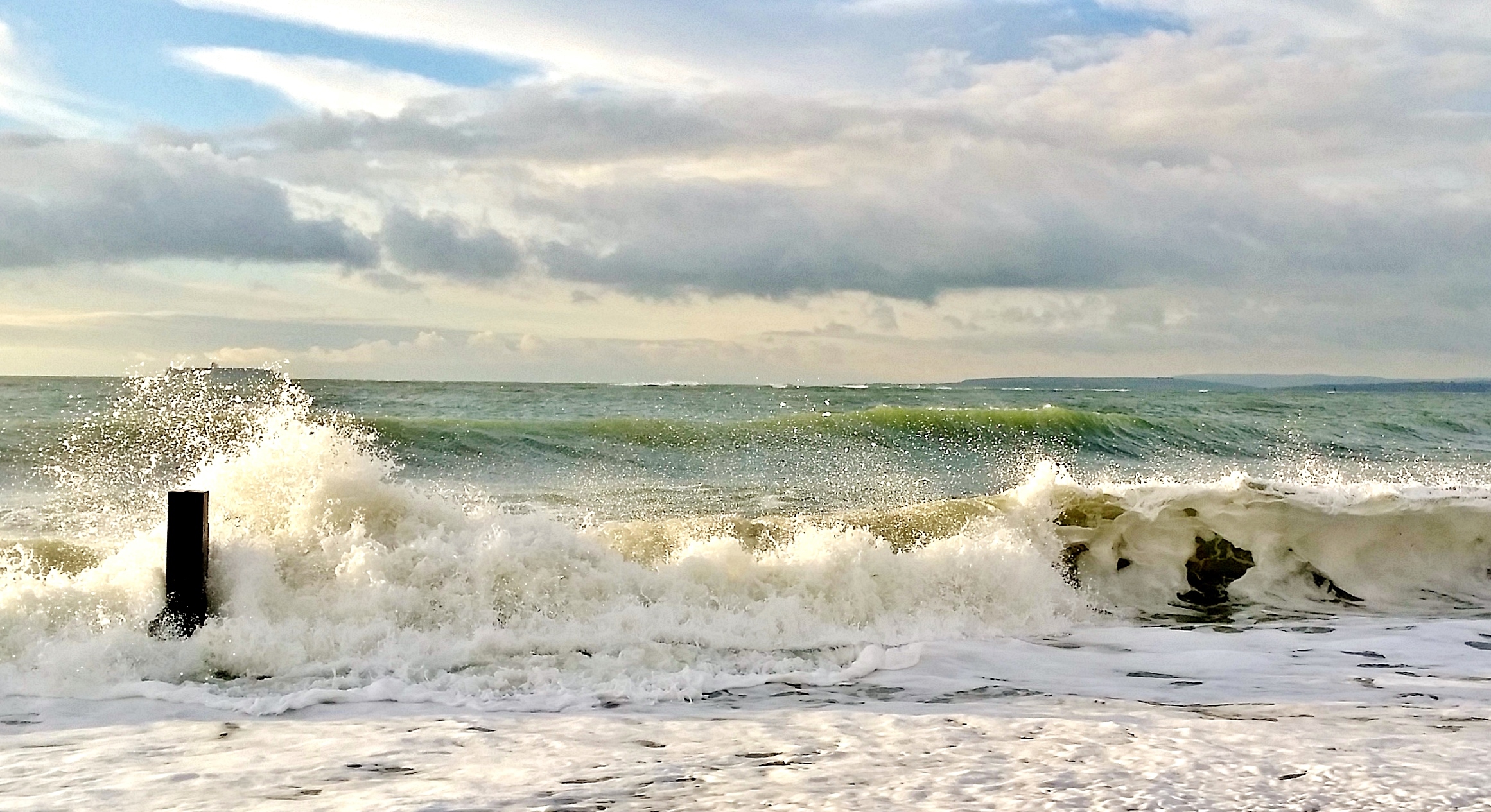

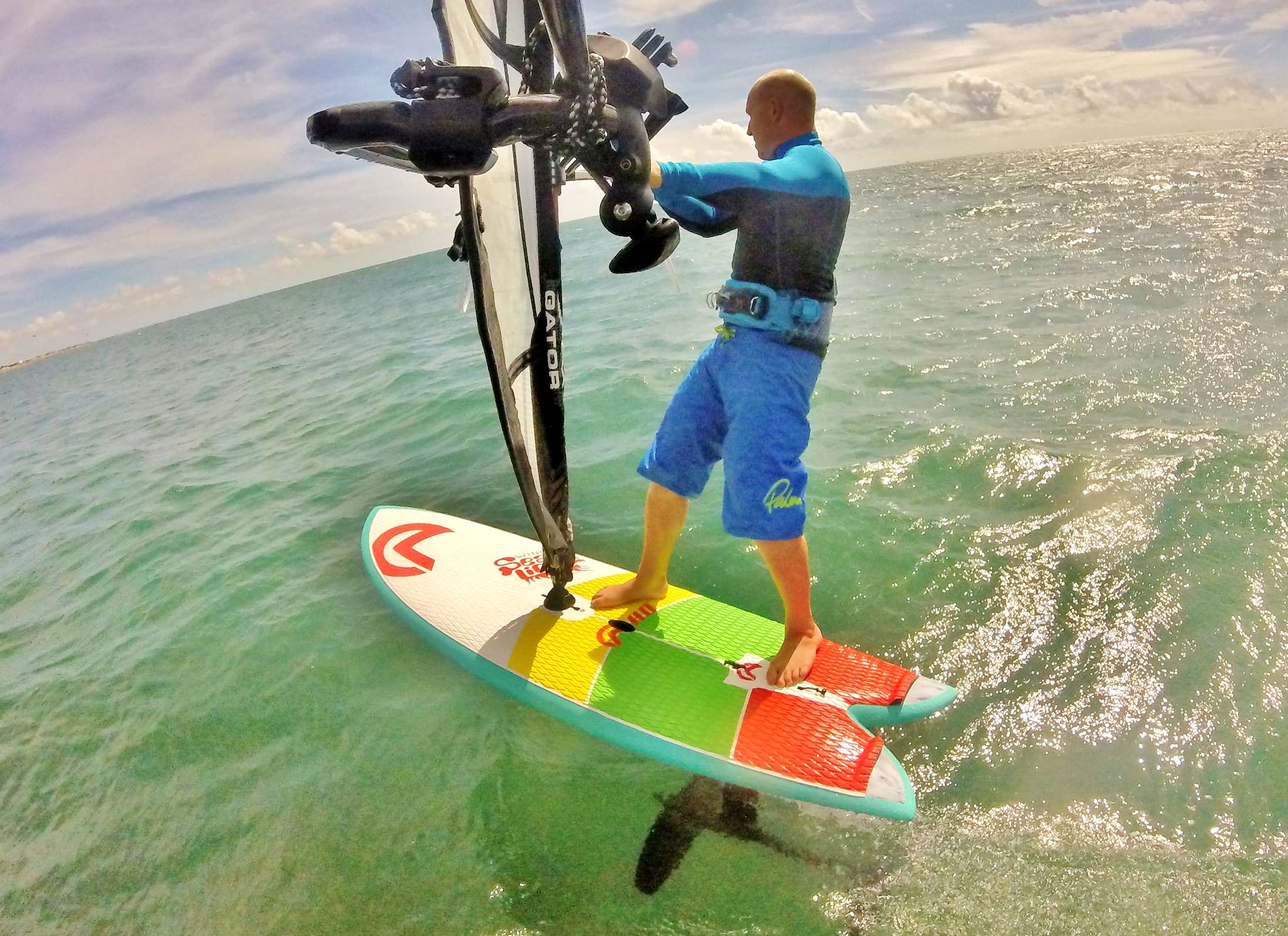

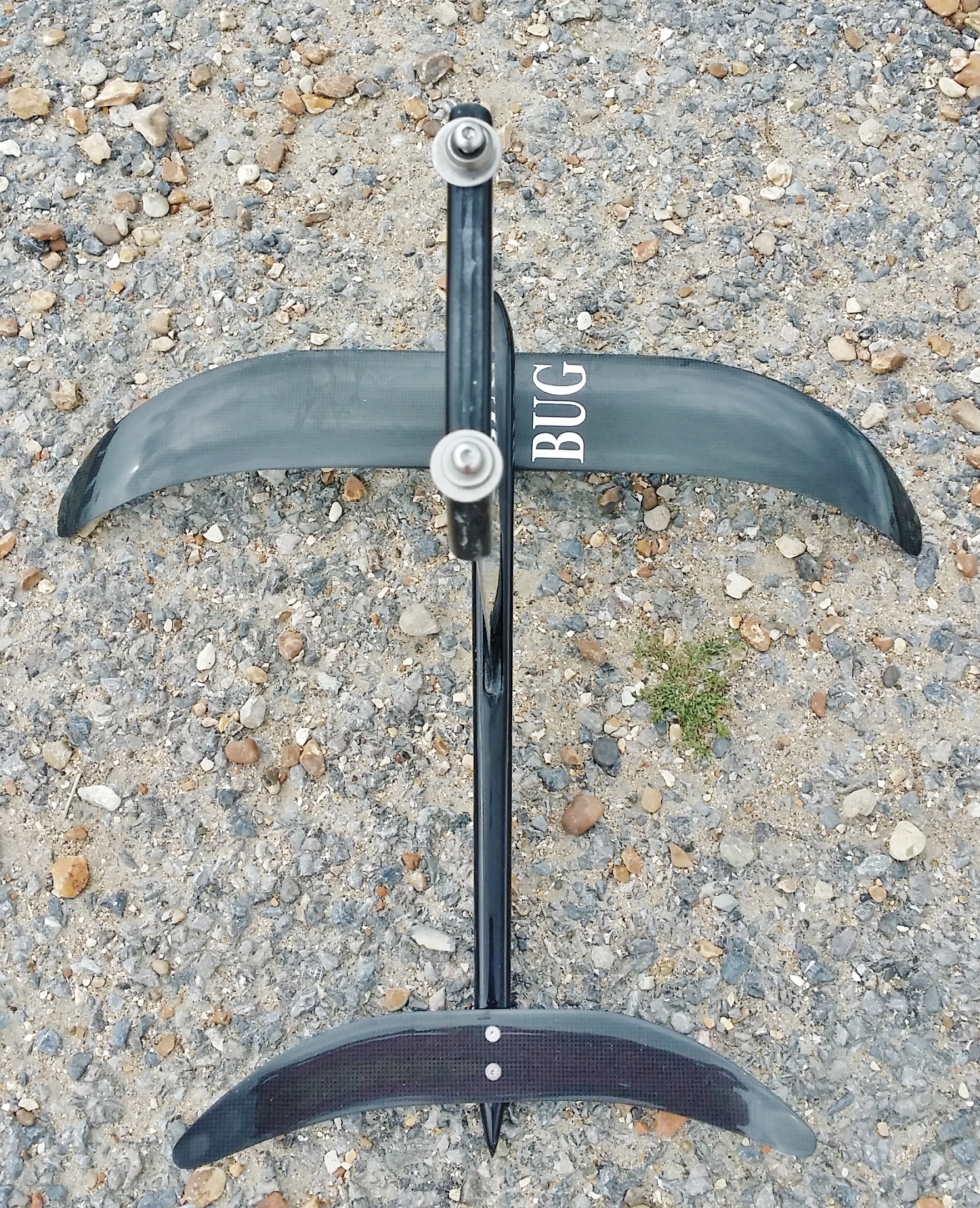
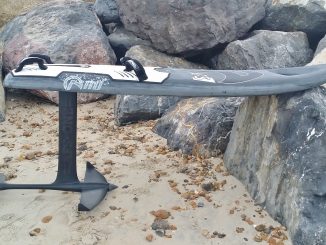
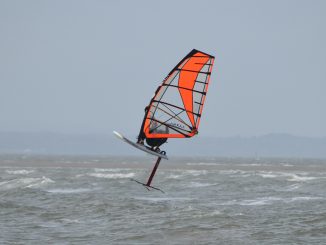

Very true. Its fun talking to the onlookers though.